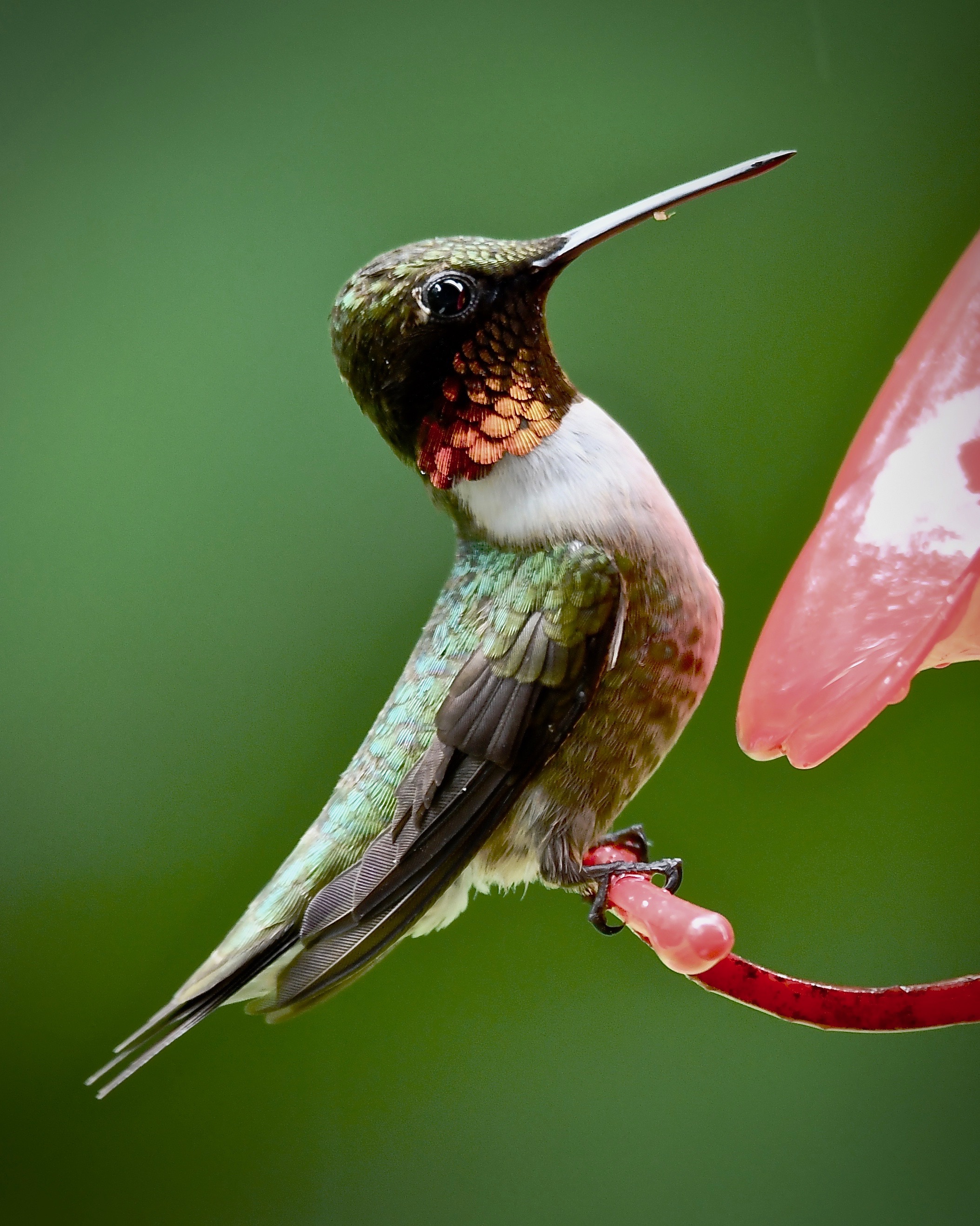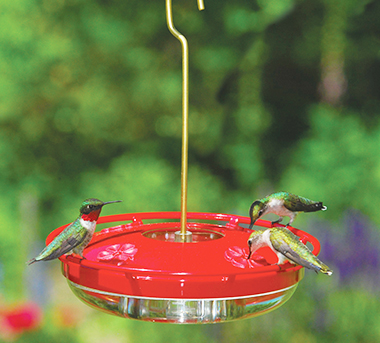Every year at this time we regularly answer the question “when will the hummingbirds arrive”?
Ruby-throated hummingbirds do begin migrating into and through TN as early as the latter part of March, with the bulk of them arriving or passing through between mid-April and mid-May. We expect any day now to see on TNbird, or hear from a customer, the first reported sighting of a Ruby-throated hummingbird. Male hummingbirds tend to be the first to arrive.
Some of these early arrivals may feed for a few days before continuing on their journey to their final destination, which may be as far as Canada. Those that stay in mid-TN will then begin the task of establishing territory, courting and nesting. Their interest in feeders is minimal at this time. Why? Unless a hard freeze kills blooms and no flowers are available nature provides hummingbirds with everything they could possibly need, which is nectar from plants, and insects for protein. In fact, the first arrival at my home in Cheatam County usually spends more time at the Columbine blooms than at the feeder. Early blooming perennials and native plants are a very important nectar source for hummingbirds.
Remember, Ruby-throated hummingbirds have been making the journey to North America from central and South America to breed for roughly ten thousand years. They would come here whether we had feeders full of sugar water or not. They will come to feeders when they are ready and that typically occurs near the end of their breeding season, usually starting around late June to mid-July. People living in rural areas tend to see hummingbirds earlier and more often than people in more urban areas. Why? The simple answer is rural areas provide better and more nesting habitat for hummingbirds.
So, if you are wondering when to put up a hummingbird feeder you may do so now. However, you should temper your expectations. Do not expect to see a lot of activity. It is certainly possible you may see a bird or two take advantage of the feeder before moving on to its final destination. And it is not true that if you don’t put out a feeder now you will miss them later in the summer.
The Best Solution for Hummingbird Nectar
The best nectar you can offer hummingbirds is a simple 1 part sugar to 4 parts water solution. It is not necessary for the water to be brought to a boil before adding sugar unless you are making larger quantities for storage in the fridge. The nectar is ready after the sugar has been stirred in and fully dissolved. Do not add color in the form of food dye. Color is absolutely unnecessary and potentially harmful. Also, it is not good to use natural raw sugar, the kind that is slightly brown in color. Regular white table sugar is recommended.





